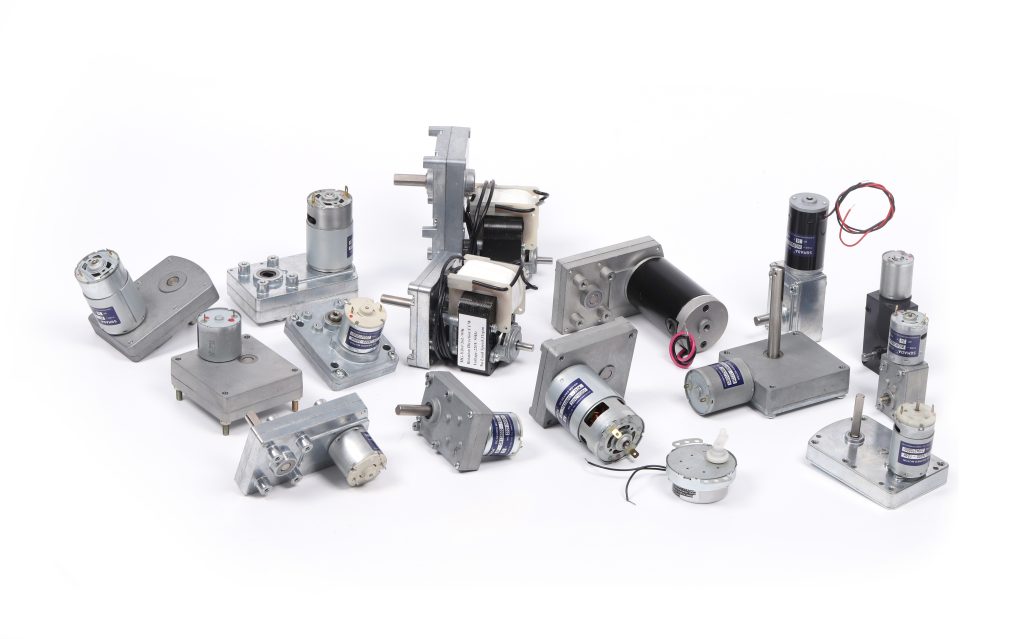Mobile:+86-311-808-126-83
Email:info@ydcastings.com
Aluminium Die Casting Cost Estimation for Various Applications and Projects
The Cost Factors of Aluminium Die Casting A Comprehensive Overview
Aluminium die casting is a widely used manufacturing process that allows for the creation of intricate and highly precise metal parts. It is a popular choice across various industries, including automotive, aerospace, electronics, and consumer goods. However, when considering the implementation of aluminium die casting for a project, one of the most critical aspects to evaluate is the associated cost. This article aims to break down the main factors influencing the price of aluminium die casting.
Material Costs
The price of aluminium itself is a primary determinant of the overall cost of die casting. Aluminium is generally more expensive than other metals due to its properties, such as lightweight, corrosion resistance, and excellent conductivity. Prices can fluctuate based on market demand, availability, and geopolitical factors. It's essential to keep an eye on these trends when estimating the cost of your die casting project.
Tooling Expenses
Die casting requires specialized molds, known as dies, which are crucial for shaping the molten aluminium into the desired form. The initial investment in tooling can be significant, as it involves precision machining and material selection to ensure durability and longevity. The more complex the part design, the more intricate and expensive the tooling will be. Therefore, it's vital to consider both the short-term and long-term production needs when assessing tooling costs.
Production Volume
aluminium die casting price

The scale of production also plays a crucial role in determining the cost per unit for aluminium die casting. While the initial setup and tooling expenses might be high, the cost per part tends to decrease with larger production volumes. Consequently, companies must evaluate their production needs carefully. For high-volume productions, die casting can provide substantial cost savings, making it more economically viable despite the upfront investment.
Overhead and Labor Costs
In addition to material and tooling costs, overhead and labor expenses also contribute to the overall price of aluminium die casting. The complexity of the manufacturing process requires skilled labor and advanced machinery, which can lead to higher operational costs. Companies must factor in these expenses when budgeting for die casting projects.
Finishing Processes
Once the parts are cast, additional finishing processes may be required, such as machining, surface treatment, or painting. These finishing processes can add to the overall cost of the project. Depending on the application, a more refined finish may be necessary, which would further increase expenses.
Conclusion
In conclusion, the price of aluminium die casting is influenced by several interrelated factors, including material costs, tooling expenses, production volume, labor costs, and finishing requirements. Understanding these elements is crucial for businesses aiming to leverage aluminium die casting in their manufacturing processes. By conducting a thorough analysis of these cost drivers, companies can make informed decisions that align with their budget and production goals, ultimately leading to more efficient and cost-effective manufacturing solutions.
-
Why Is Choosing the Right Motor Housing Critical for Engine Performance?NewsJul.18,2025
-
Which Impeller Types Best Optimize Your Pump’s Efficiency?NewsJul.18,2025
-
Optimize Maintenance Efficiency with Durable Oil Catch SolutionsNewsJul.18,2025
-
Maximize Pump Performance with Precision-Engineered ComponentsNewsJul.18,2025
-
Elevate Industrial Flow Systems with Precision-Engineered ComponentsNewsJul.18,2025
-
Boost Durability and Functionality with Precision Power CastingsNewsJul.18,2025











